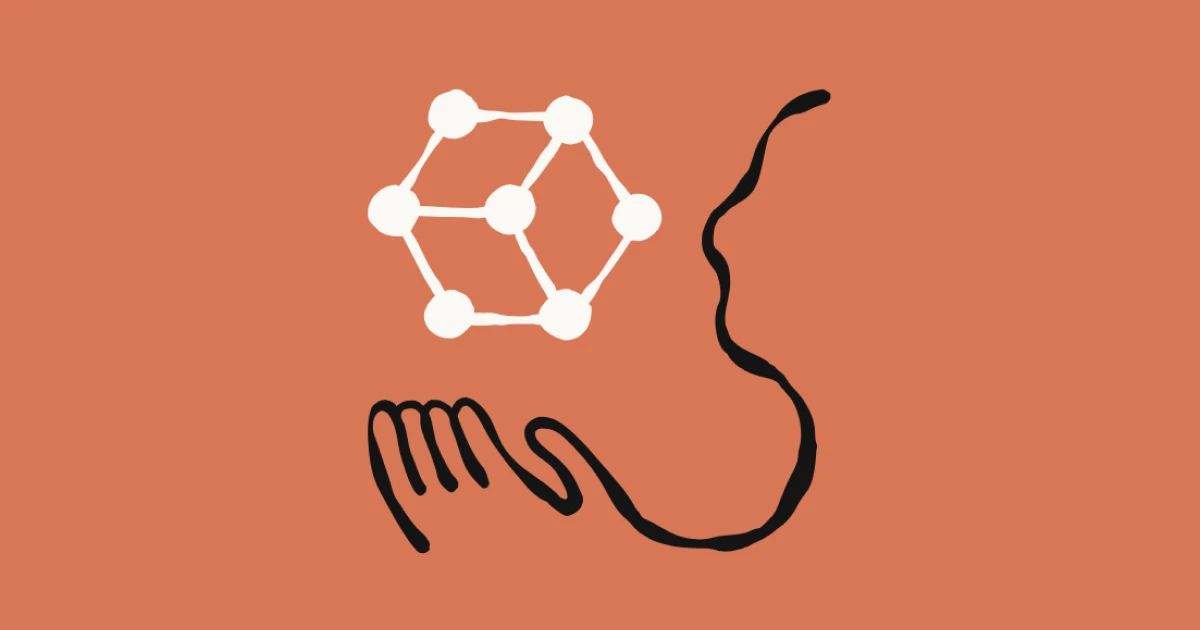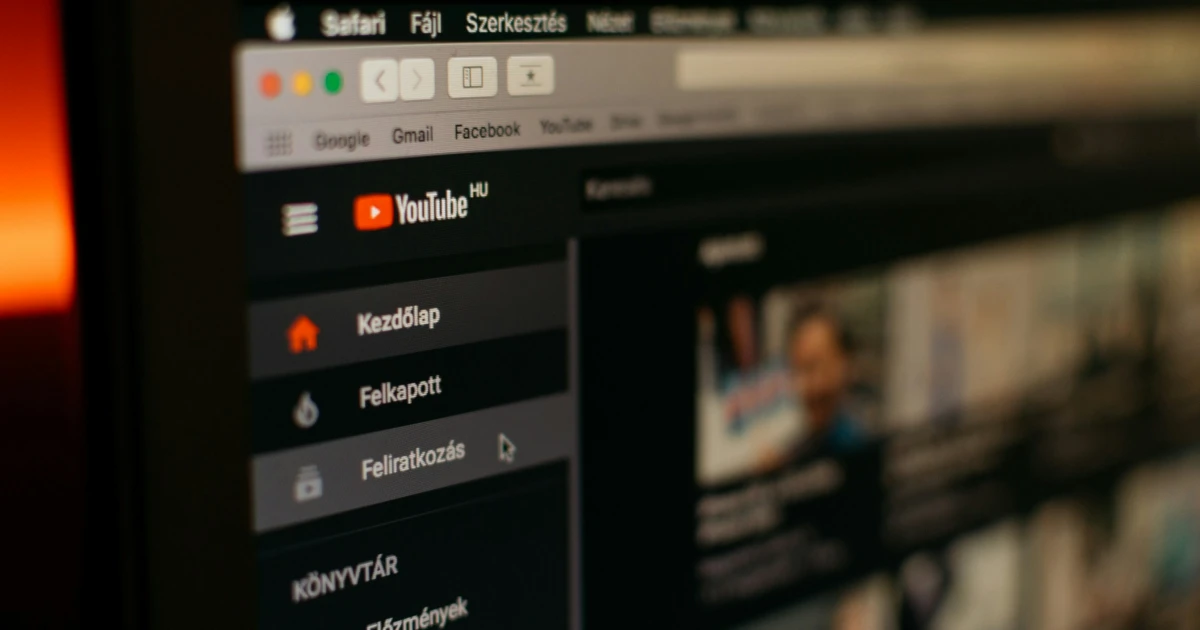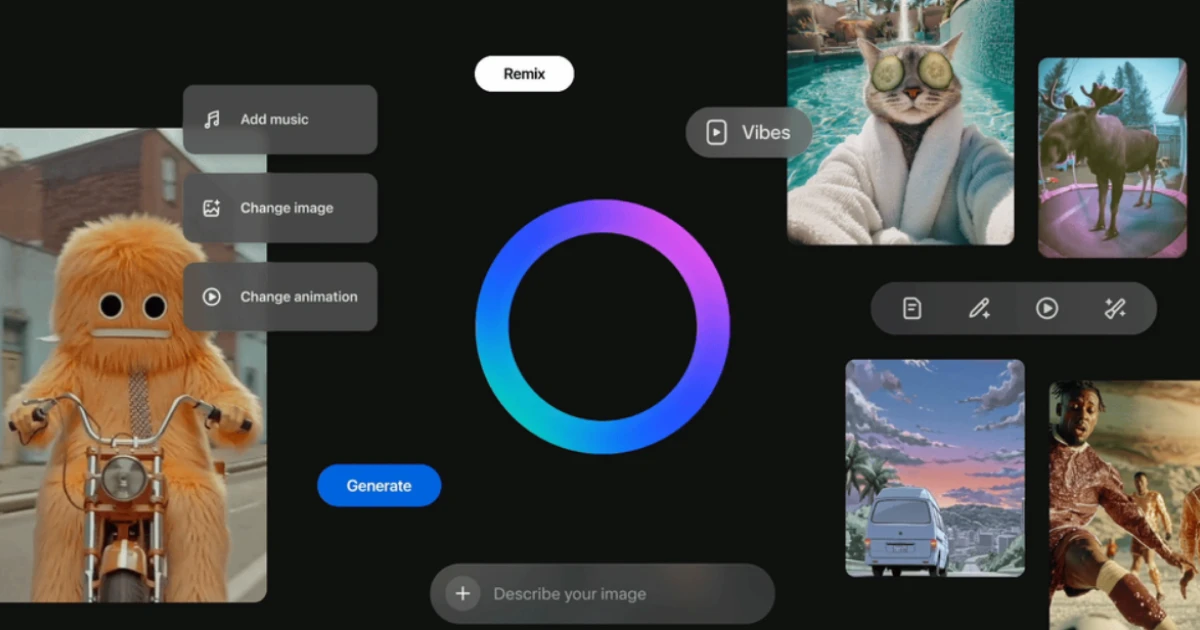At the ISTE edtech conference, the tech giant introduced more than 30 AI tools for educators, a version of the Gemini app built for education, expanded access to its collaborative video creation app Google Vids, along with other tools coming from managed Chromebooks.
The updates represent a major AI push in the edtech space, where educators are already struggling to adapt to how AI tools, such as AI chatbots and startups that promise to help you “cheat on everything,” are making their way into the learning environment.
Nowadays, school-aged kids and teens are more likely to ask Chat GPT for help with their homework, or even ask the LLM to do it for them, rather than ask the teacher to explain a certain subject to them again.
On the other hand, colleges are wrestling with whether or not plagiarism detectors can even identify AI–written content.
As a response, Google is trying to charge ahead with AI tools, saying it thinks that “responsible AI” can help provide “more engaging and personalized experiences”, when used in conjunction with human-led teaching.
(Image Credits: Google)Subscribe to our newsletter
Since the announcement was made last year, on Monday, Google said that its Gemini AI suite for educators is now available for free to all Google Workspace for Educators users. This also includes over 30 new features such as the ability for teachers to brainstorm ideas, generate lesson plans, and personalize content for students using AI technology.
(Image Credits: Google)Even more so, over the next several months, Google will give teachers the ability to create interactive study guides using an AI research tool named Notebook LM, along with their classroom materials.
Teachers will also have the ability to create a custom version of the Gemini AI called “Gems,” which will work as AI experts that help students who need extra support or even want to better understand the subject.
This comes to help students who are already doing an activity, bringing them more information about a subject by asking AI chatbots to explain a topic or answer a question, redirecting that activity back to Google’s own AI technology, where it’s specifically been trained on the teacher’s classroom materials.
(Image Credits: Google)Even more so, with the leverage of AI power, teachers will soon be able to offer real-time support for the AI-powered reading buddy when using the Read Along in Classroom tool.
Google Vids will also be available to Google Workspace for Education users, helping teachers create videos for instructional videos while students can use Vids for things such as book reports or other assignments.
The company will also be releasing a series of new features, which are designed to track student progress against learning standards and skills. Analytics on student performance and engagement will also be available.
More so, Google will introduce a new teaching mode called Class tools that will allow teachers to connect directly with their students via Google Classroom and share content that can be adapted for the student. These tools are designed to keep kids engaged by also restricting them from browsing to specific tabs.
On the other hand, colleges are wrestling with whether or not plagiarism detectors can even identify AI–written content.
As a response, Google is trying to charge ahead with AI tools, saying it thinks that “responsible AI” can help provide “more engaging and personalized experiences”, when used in conjunction with human-led teaching.
(Image Credits: Google)Subscribe to our newsletter
Since the announcement was made last year, on Monday, Google said that its Gemini AI suite for educators is now available for free to all Google Workspace for Educators users. This also includes over 30 new features such as the ability for teachers to brainstorm ideas, generate lesson plans, and personalize content for students using AI technology.
(Image Credits: Google)Even more so, over the next several months, Google will give teachers the ability to create interactive study guides using an AI research tool named Notebook LM, along with their classroom materials.
Teachers will also have the ability to create a custom version of the Gemini AI called “Gems,” which will work as AI experts that help students who need extra support or even want to better understand the subject.
This comes to help students who are already doing an activity, bringing them more information about a subject by asking AI chatbots to explain a topic or answer a question, redirecting that activity back to Google’s own AI technology, where it’s specifically been trained on the teacher’s classroom materials.
(Image Credits: Google)Even more so, with the leverage of AI power, teachers will soon be able to offer real-time support for the AI-powered reading buddy when using the Read Along in Classroom tool.
Google Vids will also be available to Google Workspace for Education users, helping teachers create videos for instructional videos while students can use Vids for things such as book reports or other assignments.
The company will also be releasing a series of new features, which are designed to track student progress against learning standards and skills. Analytics on student performance and engagement will also be available.
More so, Google will introduce a new teaching mode called Class tools that will allow teachers to connect directly with their students via Google Classroom and share content that can be adapted for the student. These tools are designed to keep kids engaged by also restricting them from browsing to specific tabs.















